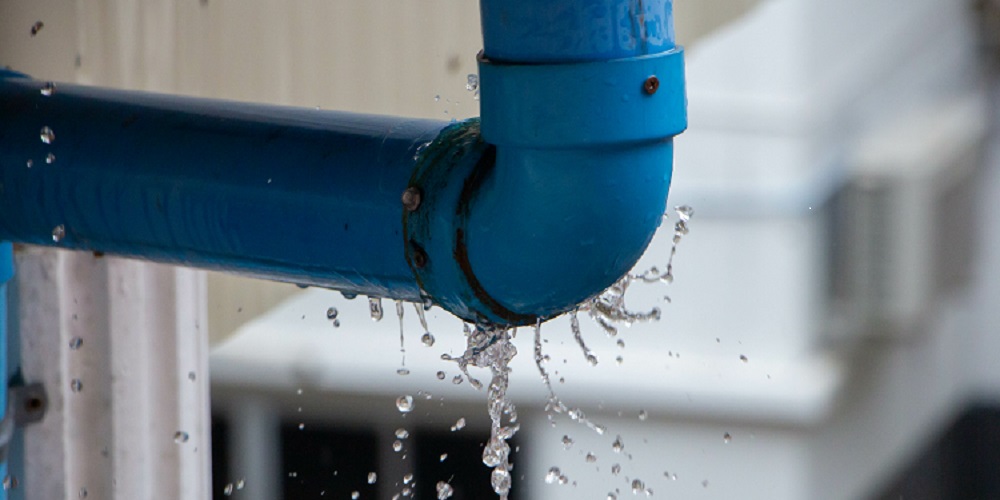Reveal Hidden Water Line Leaks: Six Clever Detection Hacks
Reveal Hidden Water Line Leaks: Six Clever Detection Hacks
Blog Article
Were you interested in related information about Finding hidden leaks?

Early detection of dripping water lines can mitigate a possible disaster. Some little water leaks may not be noticeable.
1. Analyze the Water Meter
Every residence has a water meter. Checking it is a guaranteed manner in which aids you discover leaks. For beginners, switch off all the water resources. Guarantee nobody will certainly purge, use the faucet, shower, run the washing device or dishwashing machine. From there, most likely to the meter and also watch if it will certainly transform. Since no one is using it, there must be no motions. That shows a fast-moving leakage if it relocates. If you spot no adjustments, wait an hour or 2 as well as check back once again. This indicates you might have a sluggish leak that can even be below ground.
2. Examine Water Consumption
Examine your water costs and track your water usage. As the one paying it, you need to notice if there are any type of disparities. If you find sudden changes, regardless of your consumption being the same, it indicates that you have leakages in your plumbing system. Bear in mind, your water costs should fall under the exact same array every month. An unexpected spike in your expense suggests a fast-moving leak.
A stable rise every month, even with the very same practices, reveals you have a slow leak that's likewise gradually escalating. Call a plumber to extensively inspect your residential property, particularly if you feel a warm area on your floor with piping beneath.
3. Do a Food Coloring Examination
When it comes to water intake, 30% comes from commodes. If the color somehow infiltrates your dish throughout that time without flushing, there's a leakage in between the tank as well as bowl.
4. Asses Outside Lines
Don't fail to remember to check your outside water lines as well. Should water leak out of the link, you have a loose rubber gasket. One tiny leak can squander heaps of water as well as spike your water expense.
5. Examine and also Evaluate the Scenario
House owners should make it a routine to examine under the sink counters and even inside cupboards for any kind of bad odor or mold and mildew growth. These two red flags suggest a leakage so punctual attention is required. Doing routine assessments, also bi-annually, can conserve you from a significant trouble.
Check for discolorations as well as damaging as most pipes as well as home appliances have a life expectancy. If you suspect leaking water lines in your plumbing system, don't wait for it to escalate.
Early detection of leaking water lines can minimize a possible calamity. Some little water leakages might not be noticeable. Examining it is a guaranteed way that assists you discover leakages. One little leakage can squander lots of water and surge your water expense.
If you think dripping water lines in your plumbing system, do not wait for it to rise.
WARNING SIGNS OF WATER LEAKAGE BEHIND THE WALL
PERSISTENT MUSTY ODORS
As water slowly drips from a leaky pipe inside the wall, flooring and sheetrock stay damp and develop an odor similar to wet cardboard. It generates a musty smell that can help you find hidden leaks.
MOLD IN UNUSUAL AREAS
Mold usually grows in wet areas like kitchens, baths and laundry rooms. If you spot the stuff on walls or baseboards in other rooms of the house, it’s a good indicator of undetected water leaks.
STAINS THAT GROW
When mold thrives around a leaky pipe, it sometimes takes hold on the inside surface of the affected wall. A growing stain on otherwise clean sheetrock is often your sign of a hidden plumbing problem.
PEELING OR BUBBLING WALLPAPER / PAINT
This clue is easy to miss in rooms that don’t get much use. When you see wallpaper separating along seams or paint bubbling or flaking off the wall, blame sheetrock that stays wet because of an undetected leak.
BUCKLED CEILINGS AND STAINED FLOORS
If ceilings or floors in bathrooms, kitchens or laundry areas develop structural problems, don’t rule out constant damp inside the walls. Wet sheetrock can affect adjacent framing, flooring and ceilings.
https://www.servicemasterbyzaba.com/blog/how-to-detect-water-leakage-in-walls/

Do you really like more info about Finding hidden leaks? Post feedback below. We'd be glad to see your opinions about this posting. In hopes that you visit us again later on. Sharing is nice. You won't know, you may be helping someone out. Thanks a lot for your time invested reading it.
Resolve today, dial! Report this page